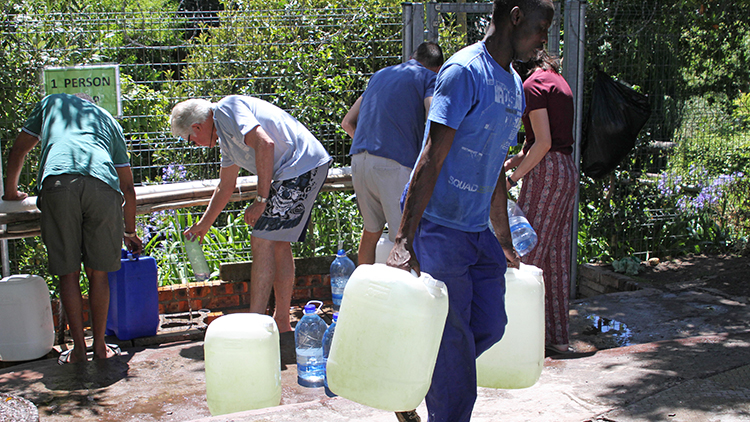
Millions of years ago, dinosaurs roamed the Earth. They lived in areas that humans now call home. Paleontologists are scientists who study fossils and other traces of prehistoric life. Some types of fossils are bones, teeth, and impressions such as footprints. Fossils and impressions help scientists understand how creatures functioned in their environments. This summer, a dried-up riverbed at Dinosaur Valley State Park exposed dinosaur tracks that were previously covered by rocks, sand, and water. The dinosaur footprints are over 113 million years old! They are believed to be the oldest sighting of tracks to date.
Dinosaur Valley State Park is near Fort Worth, Texas. Summer weather in Texas is typically hot and dry. This summer, the region around the park was extremely dry for many months. During that time, Texas experienced a drought. A drought is when an area of land goes through a period of abnormally dry weather and low rainfall. The severe drought caused the river that runs through Dinosaur Valley State Park to dry up. The dried-up riverbeds revealed the dinosaur tracks that had previously been submerged under water. Crews of volunteers cleaned the tracks. They were careful not to change the shape of the footprints so that they remained as natural as possible. Scientists believe these footprints are the longest preserved tracks made by a single dinosaur in North America. Unfortunately, the new dinosaur tracks will not remain visible for long. Once the weather changes, rainfall will raise the water level of the river. The river will bring in small rocks and sand that will cover the tracks to preserve them once again.
What Do You Think? What do you think paleontologists can learn from dinosaur tracks?
Reading Response Click on this link to respond to your reading. Print out the response page or upload it to your classroom site.
Photo Credit: McGraw Hill



